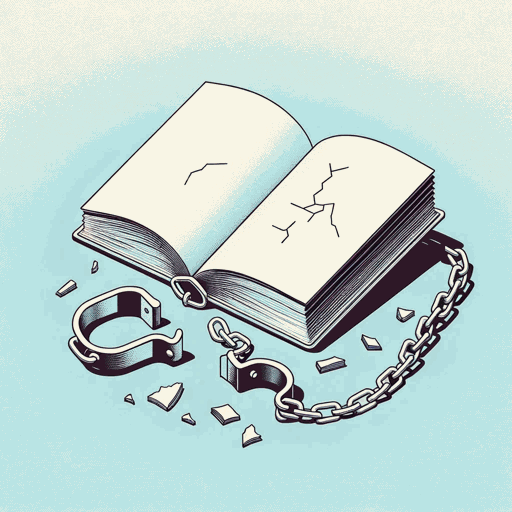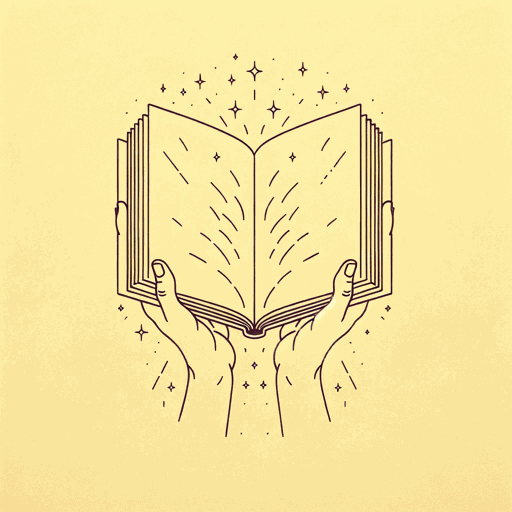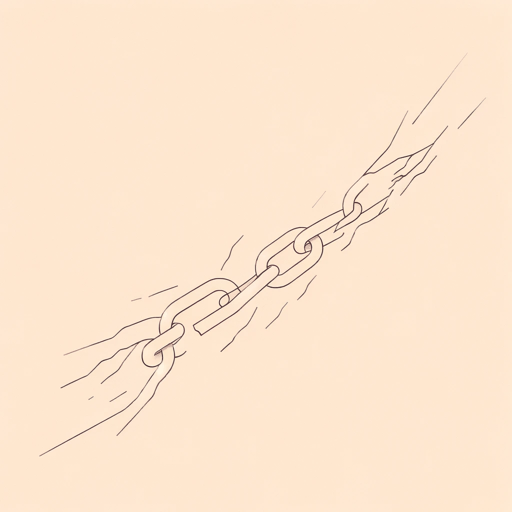68 pages • 2 hours read
Frederick DouglassMy Bondage and My Freedom
Nonfiction | Autobiography / Memoir | Adult | Published in 1855A modern alternative to SparkNotes and CliffsNotes, SuperSummary offers high-quality Study Guides with detailed chapter summaries and analysis of major themes, characters, and more.
Themes
The Dehumanizing Effects of Slavery
One of Douglass’s preeminent themes in his second memoir is slavery’s dehumanization of both the enslaved and the slaveholder. Having acquired more education, independence, and eloquence since the publication of the Narrative of the Life of Frederick Douglass a decade earlier, Douglass identifies his tormenters, whereas he had previously withheld their names, and engages in penetrating psychological analyses. By doing the latter, he is careful not to deny his past tormenters their humanity, despite their own abdication of it.
Douglass first details how enslavement transformed him from a carefree child (he was not aware of his condition for his first eight years) into a brute, due to witnessing violence against fellow slaves; his mistreatment at the hands of his supposed guardian, Aunt Katy; not being allowed the right to read; and enduring Edward Covey’s relentless cruelty. Douglass frequently uses the noun “brute” throughout the memoir. It identifies what he felt he had become due to ill treatment at the hands of slave masters, overseers, slave breakers, and anyone else committed to slavery or trapped within it. By using the same language to illustrate his condition and that of his oppressors, he emphasizes their equal humanity and equal debasement.
Related Titles
By Frederick Douglass




